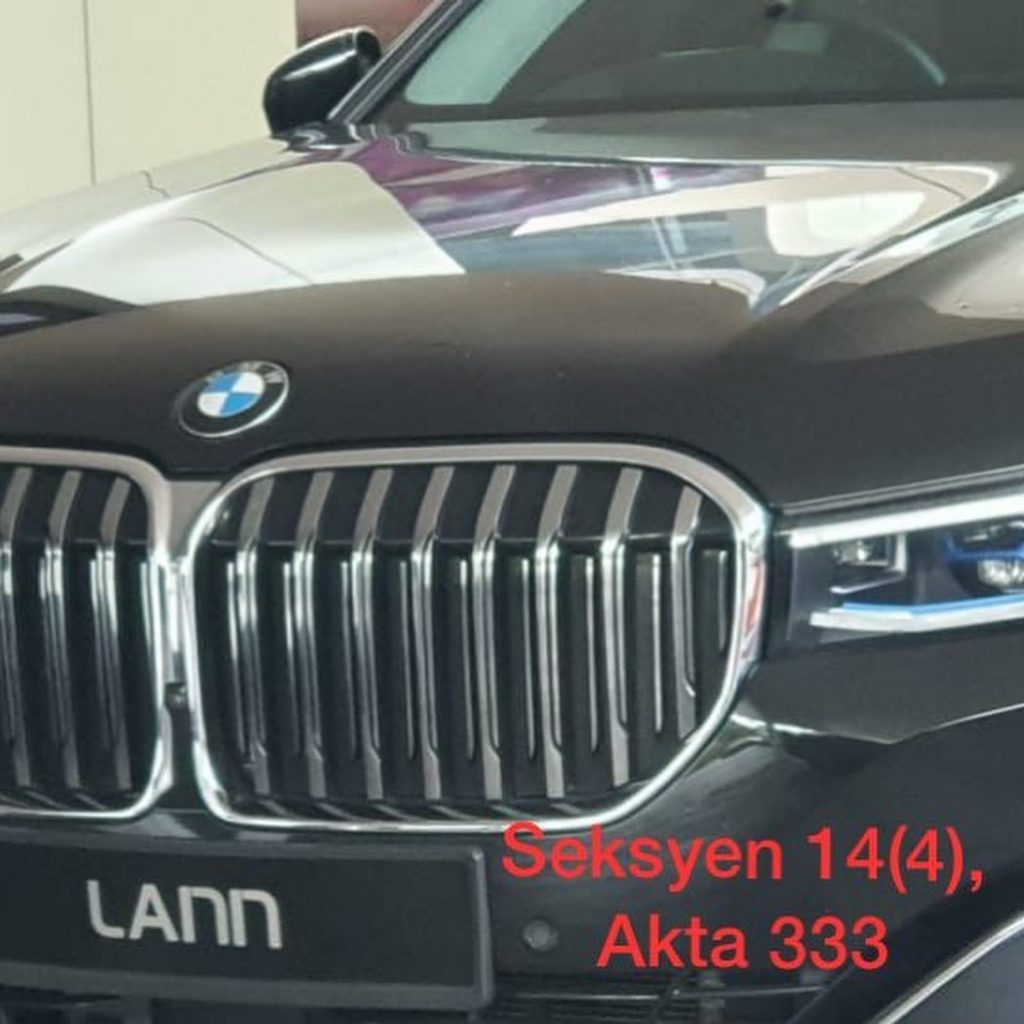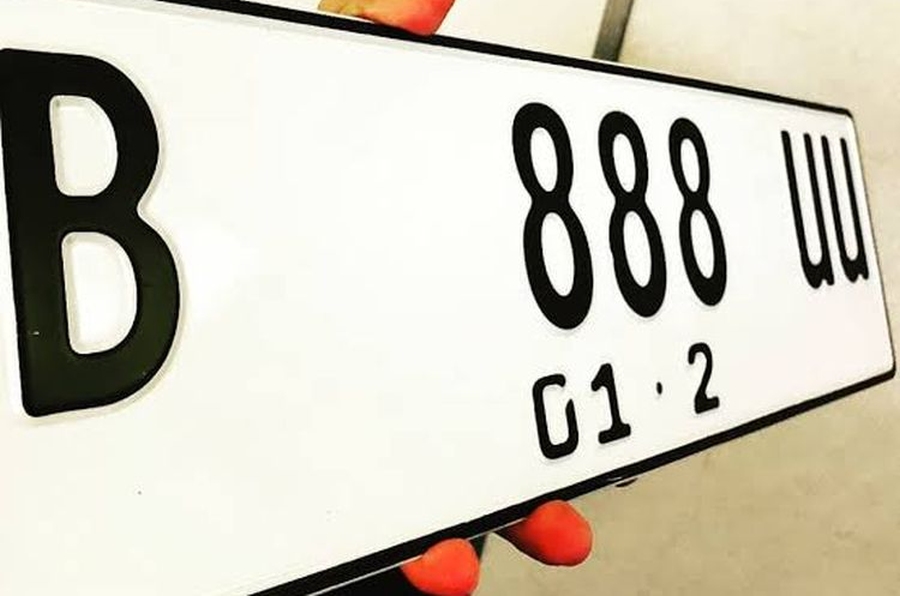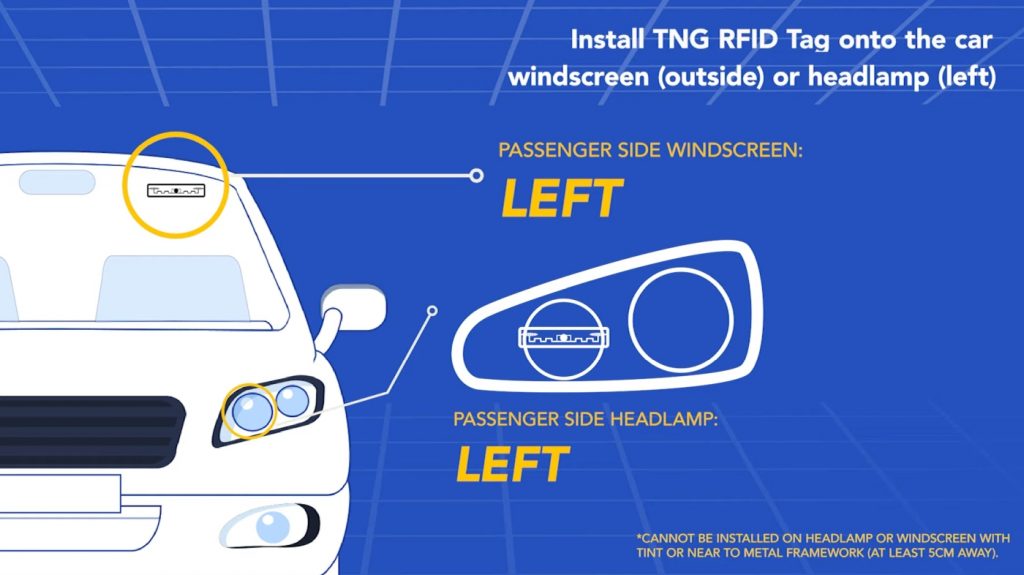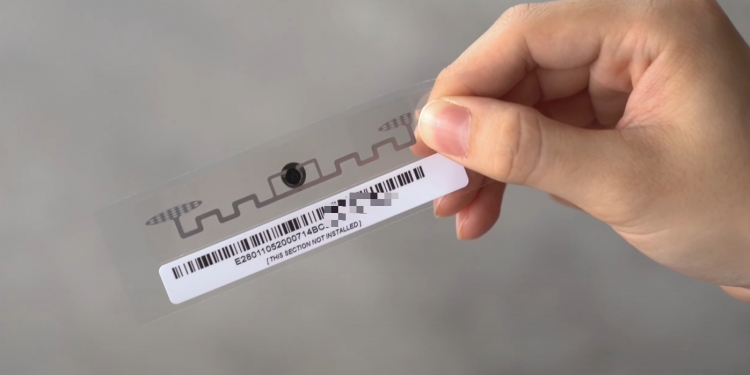Malaysia currently aims to implement Multi-Lane Free-Flow (MLFF) for highways in 2025 using RFID technology. To use RFID, vehicle owners currently must purchase the tag from Touch ‘n Go for RM35. Now there appears to be an opportunity to lower the cost of RFID as JPJ is exploring the use of it as part of its digitalisation plan.
As reported by Free Malaysia Today, Transport Minister Dr Wee Ka Siong said JPJ has been studying new technology for vehicle registration such as RFID, QR codes, and chips. He said RFID would allow enforcement to be carried out through automation to ensure accurate readings of vehicle registrations, and this would help to minimise cost.
Dr Wee added that if JPJ adopts RFID, they will ensure that it is compatible and can be used for other purposes such as toll payments. He said this will avoid the need to have several RFID tags on one vehicle.
The proposed implementation of RFID could help the Transport Minister and the Malaysian Highway Authority (LLM) blueprint to implement MLFF by 2025. He said they will bring it to Cabinet for approval and hope to provide a solution to LLM and the rakyat.
The Transport Minister shared there are 33.1 million vehicles registered in JPJ’s database and 16.2 million driving and motorcycle licence holders nationwide.

So far there are no further details about the JPJ digitalisation plan but there’s a possibility that it could be embedded in road tax or number plates. At the moment, Malaysia lacks clear standardisation of number plates and this resulted in the use of fancy plate designs by some vehicle owners. Not only this would hamper automated traffic enforcement but also MLFF implementation at toll highways.
As revealed by Works Minister Fadillah Yusof the implementation of MLFF will allow all forms of digital payment including credit cards, debit cards, and other forms of payments, not just Touch ‘n Go eWallet. This would put an end to Touch ‘n Go’s monopoly for highway toll payments.
Back in 2005, there were proposals for introducing RFID number plates in Malaysia. The tags will contain details of the vehicle and the owner, which is aimed at preventing car theft but there have been no further developments since.

In Indonesia, the local authorities have started converting their current black number plates to white which comes with an embedded RFID chip. Besides paying for toll and parking, the RFID tag can be used to monitor traffic violations. It was reported that if a vehicle enters a toll road but the plate number does not match the vehicle, the toll barrier will not open automatically. The new plate design with white plates with black characters was said to be necessary to ensure better recognition by the Automated Number Plate Recognition (ANPR) system.

At the moment, RFID is currently used in Malaysia for toll highway payments and fuelling at selected petrol stations. Touch ‘n Go recommends that you stick the RFID tag on the passenger side headlamp or on the passenger side windscreen.
In case you’re wondering, a TikTok user in Malaysia has tried sticking the TNG RFID tag behind his vehicle’s front number plate. Despite being out of sight, the RFID tag still works and the barrier is lifted. However, you probably won’t want to do this as it might be tricky to troubleshoot when there’s an issue.
@azrizakaria901 Letak sticker dekat belakang no plate (depan). Lebih cepat detect daripada tampal dicermin. Lebih kemas dan tersorok. Sila la cuba. #rfidmalaysia ♬ Droptop – AP Dhillon & Gurinder Gill & Gminxr
[ SOURCE ]







